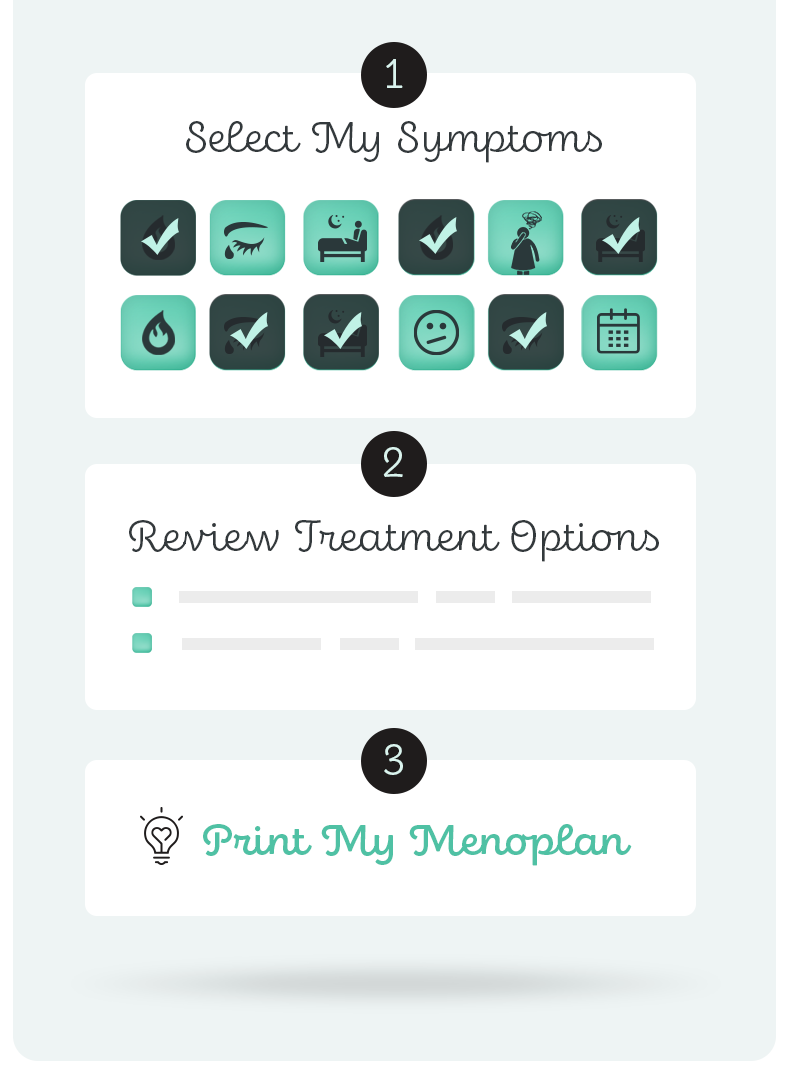About
WHAT ARE PERIMENOPAUSE AND MENOPAUSE?
What is Perimenopause? Strictly speaking, perimenopause begins when the time from one period to the next varies by at least 7 days. It extends through menopause (the last menstrual period) to 1 year after menopause. Perimenopause nearly always happens with natural menopause, not induced menopause (menopause due to surgery or other medical treatments).
What is the Menopause transition? The span of time from when periods begin changing to the date of the final menstrual period.
What is menopause? Menopause is when your periods permanently stop. If you have your uterus and ovaries you are menopausal when you have gone 12 months in a row without a period. Natural menopause happens because of changes in the ovaries. As you age, the number of eggs in the ovaries decreases. Gradually the ovaries quit making the hormones that prepare your body for pregnancy. The date of your final menstrual period is your date of menopause. If you have both your ovaries removed before your periods have stopped your date of surgery is your date of menopause, and you are postmenopausal.
Learn more on our questions and answers page.
Our bodies in natural menopause
What’s going on with my body? Hormones, a wide range of potential symptoms, and an unpredictable timeline. Hear from 6 women and Dr. Susan Reed.
Got ovaries? Induced menopause and continuous birth control
Special cases: Induced menopause from surgery, chemotherapy, or radiation. Continuous birth control. Hysterectomy. How to know where you are in the menopause transition if you don’t have a period anymore. Hear from Dr. Susan Reed and women who have been there.


